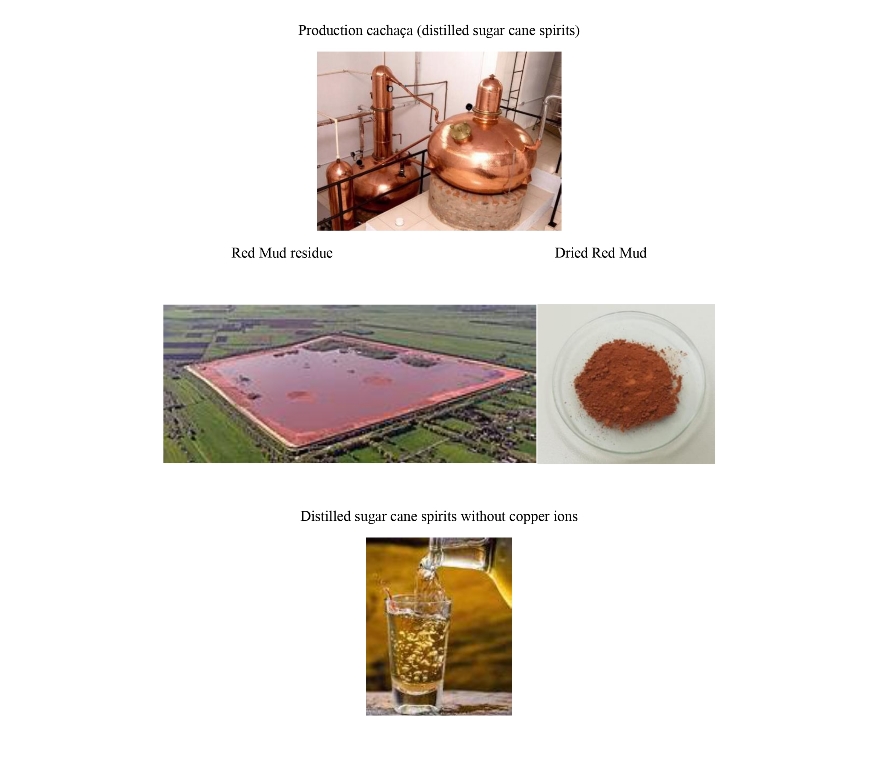Removal of Copper Ions from Distilled Sugar Cane Spirits by Adsorption on Red Mud
How to cite: Barbosa, S.L.; Nelson, D.L.; Miranda, S.E.O.; dos Santos, W.T.P.; Wentz, A.P.; Lira, H.N.F.; Pessoa, F.L.P.; Agblevor, F.A.; Bortoleto, D.A.; Freitas-Marques, M.B.D.; Mussel, W.D.N.; Zanatta, L.D. Removal of Copper Ions from Distilled Sugar Cane Spirits by Adsorption on Red Mud. Preprints 2023, 2023030537. https://doi.org/10.20944/preprints202303.0537.v1 Barbosa, S.L.; Nelson, D.L.; Miranda, S.E.O.; dos Santos, W.T.P.; Wentz, A.P.; Lira, H.N.F.; Pessoa, F.L.P.; Agblevor, F.A.; Bortoleto, D.A.; Freitas-Marques, M.B.D.; Mussel, W.D.N.; Zanatta, L.D. Removal of Copper Ions from Distilled Sugar Cane Spirits by Adsorption on Red Mud. Preprints 2023, 2023030537. https://doi.org/10.20944/preprints202303.0537.v1
Abstract
Keywords
Subject
Copyright: This is an open access article distributed under the Creative Commons Attribution License which permits unrestricted use, distribution, and reproduction in any medium, provided the original work is properly cited.
Comments (0)
We encourage comments and feedback from a broad range of readers. See criteria for comments and our Diversity statement.
Leave a public commentSend a private comment to the author(s)










